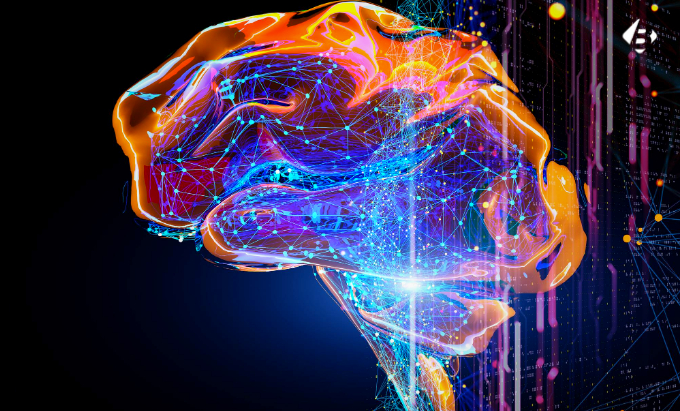
The human brain, with its intricate network of neurons and boundless potential, has long fascinated scientists and philosophers alike. Now, a revolutionary technology known as the brain-computer interface (BCI) is bridging the gap between the mind and machine, offering a glimpse into a future where our thoughts can effortlessly interact with the world around us.
Decoding the Mind’s Signals:
BCIs are essentially interfaces that translate the brain’s electrical activity into digital signals that can be interpreted and controlled by external devices. This is achieved through various methods, including:
- Electroencephalography (EEG): Measures electrical activity on the scalp, providing information about brain activity patterns.
- Magnetoencephalography (MEG): Detects magnetic fields generated by the brain’s electrical activity, offering higher resolution than EEG.
- Electrocorticography (ECoG): Implants electrodes directly on the brain surface, providing the highest resolution of brain activity but requiring invasive surgical procedures.
The Power of Thought Control:
BCIs open doors to a range of exciting possibilities:
- Restoring function: BCI technology can restore motor control for individuals with paralysis, enabling them to move prosthetic limbs, communicate using virtual keyboards, and even regain a sense of touch.
- Enhancing capabilities: BCI can augment human abilities, allowing us to control external devices with our thoughts, navigate virtual environments, and even manipulate physical objects through brain-computer interaction.
- Expanding communication: BCI could provide a voice for individuals with speech disabilities, allowing them to express themselves and communicate with others through thought-driven speech synthesis.
- Unveiling the brain’s secrets: BCI research can provide valuable insights into the workings of the brain, leading to a deeper understanding of consciousness, memory, and cognitive processes.
Challenges and the Future of BCIs:
Despite their immense potential, BCIs face challenges:
- Technical limitations: Currently, BCIs are limited in their accuracy, resolution, and processing speed, requiring further technological advancements.
- Ethical considerations: Concerns arise regarding privacy, data security, and potential misuse of this technology, necessitating ethical frameworks and regulations.
- Accessibility and affordability: High costs and limited availability of BCI technology can create disparities in access and impede widespread adoption.
The Dawn of a New Era:
BCIs represent a significant leap forward in human-computer interaction, with the potential to revolutionize healthcare, education, entertainment, and even the way we interact with the world around us. By addressing technical limitations, navigating ethical considerations, and promoting accessibility, we can unlock the true potential of BCIs and usher in a new era of human-machine collaboration, where the mind and technology work in harmony to unlock unimaginable possibilities.
Join the conversation and share your thoughts on the future of brain-computer interfaces. How do you envision this technology impacting our lives? Let’s explore the possibilities and work together to ensure the responsible development and application of BCIs for a brighter future.
Fascinating read! The potential of BCIs to restore function and enhance capabilities is truly groundbreaking.
BCIs unlocking the brain’s secrets – an exciting prospect for advancing neuroscience and understanding cognition.
The challenges highlighted, especially technical limitations, emphasize the need for continuous innovation in BCI technology.
The ethical considerations mentioned are critical; ensuring responsible use is imperative for the widespread acceptance of BCIs.
The article effectively balances the potential benefits of BCIs with the challenges, providing a comprehensive overview.
The variety of BCI methods mentioned, from EEG to ECoG, showcases the diverse approaches in decoding brain signals.
Thought-driven speech synthesis is a game-changer for individuals with speech disabilities. The social impact of BCIs in expanding communication is profound, emphasizing the importance of inclusive technology.
BCIs are pushing the boundaries of human potential. The prospect of restoring motor control for individuals with paralysis is not just a scientific breakthrough but a testament to the incredible impact technology can have on lives.
Fascinating read on the transformative power of brain-computer interfaces. The potential to restore function and enhance capabilities opens doors to a future where technology and the mind converge.
The section on decoding the mind’s signals through EEG, MEG, and ECoG is enlightening. The diversity in methods showcases the innovative approaches scientists are taking to unlock the mysteries of the brain.
The challenges faced by BCIs are crucial to address. Technical limitations, ethical considerations, and accessibility concerns need thoughtful solutions for the responsible and widespread adoption of this groundbreaking technology.